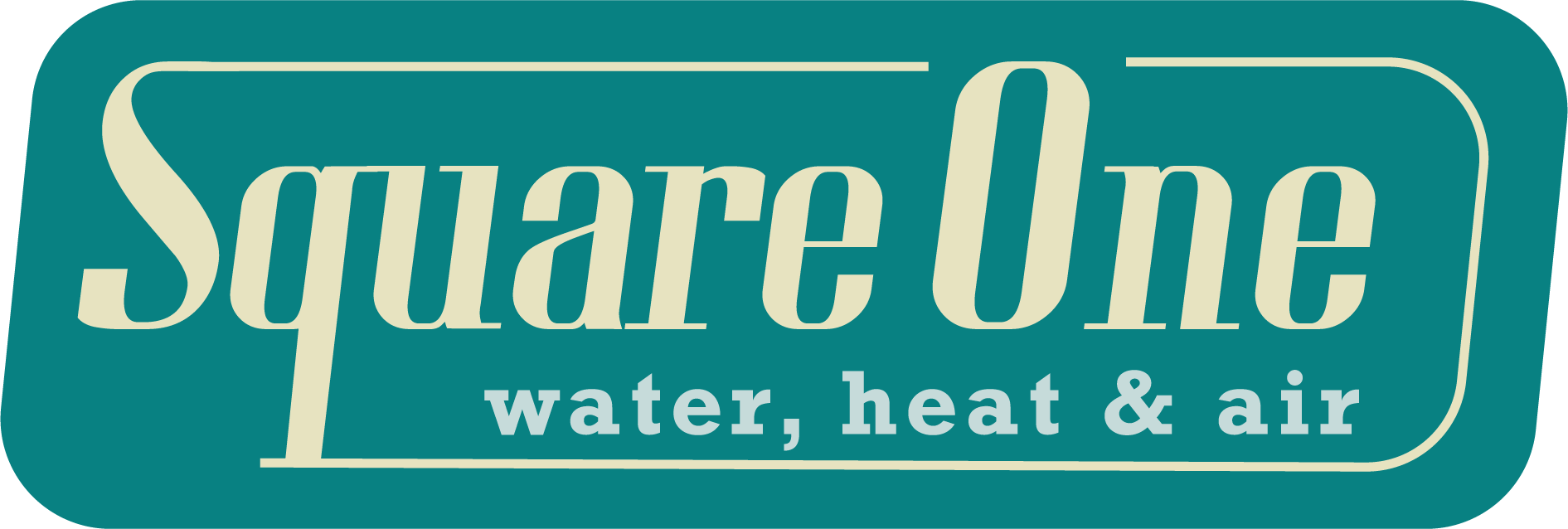INFORMATION ABOUT
Rebates
CANADA-WIDE REBATES
The Greener Homes Program is a federally run initiative offering $1/watt up to $5,000 to fund solar installation for eligible participants. You’ll need to get an Energuide Audit before your installation, and there is a grant available for $600 to cover this as well.
Agricultural Clean Technology (ACT) Program is a dual support stream (adoption and research/innovation) for farms and other agri-food related businesses. If you’re eligible, you can recoup up to 50% of your project funding. Keep in mind this initiative is aimed at projects valued at $50,000 or more.
The Clean Energy Improvement Program (CEIP) is a new financing option for homeowners looking to leverage solar energy. The program offers competitive interest rates and repayment terms up to 25 years and is paid off through the property tax bill. Unlike other loans, the CEIP is tied to the property, not the owner. That means if you sell the property, you will not be stuck paying off solar power that no longer benefits you.
OTHER REBATES
Thermostats - Smart or programmable thermostats help improve your comfort, help you save money on your energy bill and reduce your carbon footprint. Choosing a smart or programmable thermostat allows you to schedule temperatures to automatically adjust to energy-saving time frames.
-
Eligibility criteria for a grant:
- Must be combined with an energy efficiency retrofit measure from the Canada Greener Homes Grant initiative.
- A resiliency measure and a thermostat must be combined with another energy efficiency measure in order to qualify for the grants.
- All equipment must be purchased in Canada.
- Online purchases are only eligible if they are ordered from a distributor located in Canada.
-
Exclusions:
- New heat pumps are installed with new thermostats and cannot be combined with this measure.
-
Ground source heat pumps/Air source heat pumps and cold climate air source heat pumps/Heat pump water heaters:
Canada’s cold climate means that space heating accounts for over 60% of the energy used in the average Canadian home. Make the switch to more energy-efficient heating equipment such as a heat pump to save energy and possibly reduce your utility bills and carbon footprint. Keep in mind that the cost of energy to operate a product over its lifetime is just as important as its purchase.
-
What are heat pumps?
A heat pump is a device that is using the energy in the environment, such as air or ground, and transfers it to be used for heating or cooling purposes. Thermal energy naturally flows from places with higher temperature to locations with lower temperatures (e.g., in the winter, heat from inside the building is lost to the outside and in the summer heat from the outside flows into the interior of the building). A heat pump uses additional electrical energy to counter the natural flow of heat, and, in heating mode, pumps the energy available from a colder place to a warmer one. Since a heat pump transfers thermal energy (vs. a gas furnace or an electrical baseboard, which convert other sources of energy to thermal energy), it offers a higher energy efficiency, potentially saving on energy costs and reducing your carbon footprint.
-
Why install a heat pump?
Many homes in moderate climates can rely on air source heat pumps for heating or cooling year-round. More recently, a new generation of air-source heat pump, often called cold-climate heat pump, has been introduced to improve performance of these systems in the colder temperatures of Canadian winters. This improved performance vs. conventional air-source heat pumps reduces the need for auxiliary heating sources. Ground source heat pumps are effective in all climates.
-
Disclaimer
Your new heat pump must be installed by a licensed and trained professional and be on one of the eligible product lists to be eligible for a grant. All eligible product lists are available in an online searchable format. The lists will be periodically updated to ensure homeowners have access to rebates for all equipment models available that meet the Canada Greener Homes Grant initiative performance criteria.
All equipment must be purchased in Canada. Online purchases are only eligible if they are ordered from a distributor located in Canada.
-
Multi-Unit Residential Buildings (MURBs)
- A low-rise MURB is defined based on Part 9 of the National Building Code of Canada as having three or fewer story’s in building height above ground and having a building area not exceeding 600 m2. MURBs must either be stacked (up/down) or have a common area. Side-by-side attached units/houses are considered row houses and are not MURBs.
- Two-unit MURBs, including houses with secondary suites, are entitled to all the same grants as attached and detached houses (e.g. eligible for heat pumps and heat pump water heaters).
- Retirement homes are not eligible. MURBs over three story’s above ground or over 600 m2 in building area are not eligible.
- MURBs are eligible for grants for the following retrofits: Insulation, air sealing, windows and doors, renewable energy, resiliency measures.
- MURBs (excluding two-unit MURBs and houses with secondary suites) are not eligible for grants related to the following: heat pumps and heat pump water heaters, thermostats, furnaces and boilers (in northern and off-grid communities).


QUICK LINKS
SERVICES
All Rights Reserved | Square One Water, Heat & Air | Privacy Policy
Website produced by Evolv Digital Marketing


